Adam Hicken explores the roles undertaken by modern carriers.
On the 2nd December 1941, the Battleship HMS Prince of Wales and the battlecruiser HMS Repulse, led a British naval squadron known as Force Z towards Singapore. British Commonwealth possessions were under threat from Japanese Imperial forces and the squadron was dispatched to deter against invasion. The Aircraft Carrier HMS Indomitable had been due to depart with the squadron but was delayed, so the force sets sail without her. However eight days later, the force was attacked whilst enroute to intercept the landings in Malaya. With no air cover of their own, the British squadron was subjected to wave after wave of Japanese land-based bombers and torpedo bombers. Both vessels were sunk that day, becoming the first capital ships to be destroyed purely by aircraft. The actions proved that vessels so large could not be adequately protected without air cover.
To ask the question, “are Aircraft Carriers still relevant?”, we must first look at the times when they have been relevant. There are two moments in our history which strike out, the first being in Belize, 1972. At that time, Belize (formerly British Honduras) was under threat of invasion by Guatemala who believed this new independent nation to be actually theirs by right. As such, HMS Ark Royal with 809 Squadron set sail to show “presence”. Two Buccaneer aircraft, launching from the Ark Royal, flew over Belize. The act made the Guatemalan government hesitate, they only had practically ancient P-51 Mustangs. Furthermore, they might have had sufficient ground forces to invade Belize, but could they now expect to counter British forces as well? The carrier was actually sailing off the coast of Bermuda and the two Buccaneers had used fuel from two other ‘buddy tankers’ to give them sufficient range. This was not known by the Guatemalan Military nor it’s Government and the invasion was called off.
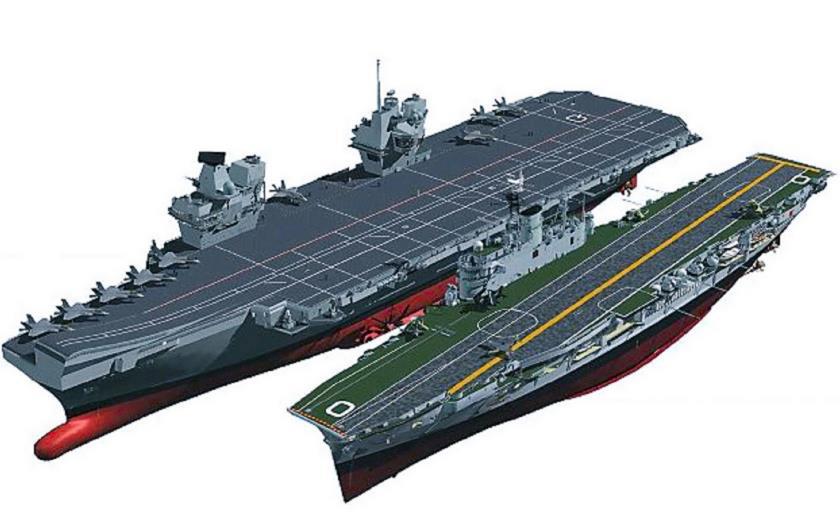
The second example of Carriers proving their worth can be found during the 1982 Falklands War. The British Task Group surrounded two aircraft carriers (HMS Invincible and HMS Hermes) at their heart. Both of these carriers, one large and one small, protected the task force with it’s air cover across the South Atlantic to the Falkland Islands. It is undeniable that without the Aircraft Carriers present during that time, it would have been impossible for the British Forces to retake the islands. In fact, it would have been a bloodbath without the capabilities of the Harrier Force. These same harriers not only defended the task force on their approach, but covered them whilst they landed troops and equipment and then chased down Argentine Jets attempting to strike at British forces. From the moment the an RAF Vulcan followed by FAA Harriers conducted their first strike on Stanley to the final advance, the Aircraft Carriers launched sorties of aircraft to cover the invasion.
It would be wrong to suggest that the land-based Argentine aircraft hadn’t proven their worth. With multiple British ships still lost during the campaign to aircraft, it proved that they, and especially their armament, could pose a deadly threat. However the presence of these two Aircraft Carriers meant the British had a floating air force of their own to counter the Argentine threat. Although four harriers were lost, two to accidents and another two to enemy fire, none at all were lost to enemy aircraft. In fact, the Sea Harriers scored twenty kills against Argentine aircraft. It is therefore hard to believe that if we had not had the Harriers, we still would have won the campaign.
The ability to project air power and therefore influence across the globe proves that an Aircraft Carrier, when properly supplemented with great aircraft, can indeed swing not only the tide of a battle, but perhaps a war. At this very moment, drones are being tested to fly from Carriers and deliver payloads without risking pilots and manned aircraft themselves have never had so much capability. The Carrier itself, like many of these new aircraft, can be ‘stealthy’. Needing to be found before it can be acted against, it’s ability to move gives it an ultimate advantage over land-based airfields. Further examples of the advantages of Aircraft Carriers were to be later found in Sierra Leone and the Gulf Wars. Even when ground-based aircraft were present, the Carriers were still deployed and provided additional air support. Whilst aircraft can still fly from the sea and attack a target and return with reasonable safety, the Aircraft Carrier shall have it’s role.


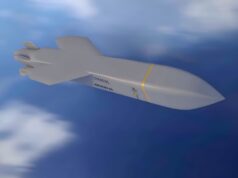
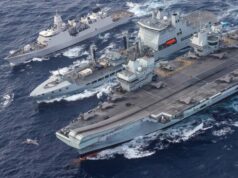
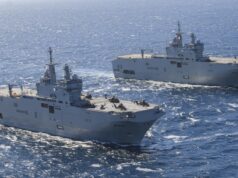

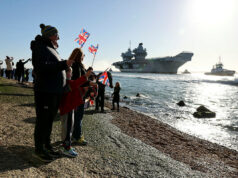


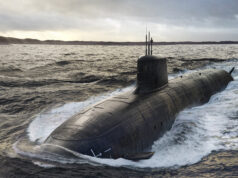
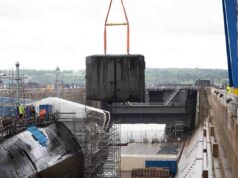
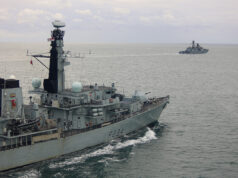

I always find force z a poor example.
The reality is, even with a carrier, they would have lost. Japan had too many high end deployable aircraft for a piddling caw to make a difference
(Our)Carriers can’t beat a home airforce with any reliability
The Falklands is the best example, pull the enemy out of, or at least to the extremes of, their home air cover and beat them senseless on our terms.
Nice read Adam! 🙂 Very informative.
Carriers are very, very formidable, but at the same time very delicate. With 21st century missile technology
they are extremely vulnerable. Modern SSN’s will kill them off very efficiently. Stand off weapons fired from long ranges, designed to beat the CAP are effective ship killers. The best torpedoes are a lot better than the “Long Lance” used by the IJN, which where after all the best, from World War 2. They are ideally, designed to show the flag, with a lot more clout that the Battleship of old.
Check your own understanding!
Does the USS Nimitz have armored decks?
How about the USS Gerald R Ford?
Whenever the prospect of long range ballistic missiles point comes up as an argument against Carriers I have to ask if the people thinking about these things are missing a crucial point. If a such a missile has the potential to hit a moving carrier at sea (you, of course, have to locate the damn thing first and the sea can be rather a large place) then it’s also got the capacity to hit a static runway much more easily; and most military airfields tend not to be surrounded by a group of extremely modern anti-aircraft and counter-missile systems. It’s not really an argument against carriers, rather it’s an argument against conventional aircraft because they can’t match the range of a ballistic missile. In fact, under most conditions a carrier would be much more resilient to attack from ballistic missiles because of its mobility and the growing potency and availability of maritime anti-ballistic missile systems.
These missile guidance gets better and better… The point here is that is the
case of a country like China where this capability is present the USN can no
longer count on just fending off PLAAF aviation assets.